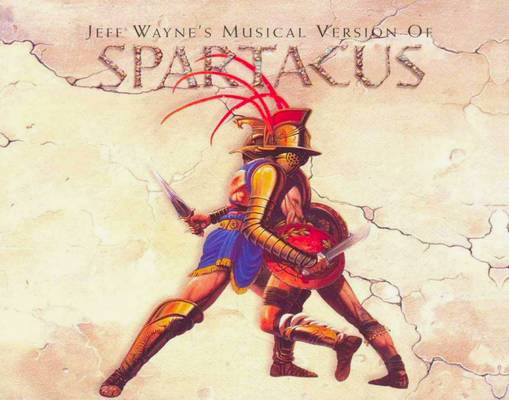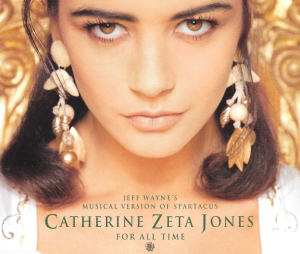Disclaimer: This article may mention plot points for prior Marvel films– please watch those first to avoid spoilers.
Last week, Marvel Studios President Kevin Feige confidently stepped onto the Hall H stage at San Diego Comic-Con international and boldly pronounced to a Marvel-adoring audience that Avengers Endgame (2019) had (finally) surpassed James Cameron’s Avatar (2009) as the “biggest film of all time”. Technically, if you adjust for inflation, Cameroon’s hit still holds the title. Plus, if you consider the originality and (at the time) franchise-less nature of Avatar, the cinematic exuberance of Pandora will forever hold a Na’vi-sized footprint in film history. Nevertheless, Endgame’s success means it does hold a shielded place in the record books.
It seems somewhat understandable, therefore, why even the ever-confident Feige has a hint of nervousness as he announces what Marvel “are about to do” aka Phase Four of the Marvel Cinematic Universe. After ten years and 21 films that perfectly reached the Endgame-crescendo of 2019, Phase Four arrives undeniably as a make-or-break moment for the company.
But, in typical monstrous Marvel fashion, the studio doesn’t seem to be slowing down anytime soon, with 10 Marvel projects slated for release over the span of only two years, from 2020 to 2021. Perhaps, the most noticeable absentee from the Phase 4 announcement is that, as a group, the Avengers don’t have an upcoming project. This entails an astronomical narrative re-structuring for the studio. The previous three phases were centred around leading the individual films’ narratives towards a crossover event movie. Even films that appeared to be unrelated to the avengers (Doctor Stange or The Guardians) subtly led to the group set-piece. As of yet, Phase 4, which commences with a Black Widow prequel and concludes with a fourth Thor’s solo piece, has neither a recognisable cross-over, set-piece film nor a noticeable through line. Though this provides the individual films unconstrained freedom, it means there is less demand for audiences to follow the films chronologically or to the same extent as they may have done for the Infinity Saga.
However, the greatest disparity between Phase 4 and its ancestors is the astronomical role that Disney+, Disney’s new subscription streaming service, looks set to play. Feige announced four live-action series and an animated project that will join Disney’s new platform, which seeks to compete with existing streaming services like Netflix, Hulu and Amazon as well as upcoming services from Apple, WarnerMedia and NBCUniversal. Playing it safe, Marvel has used characters that have played supporting roles in other films (e.g. The Falcon, Hawkeye and Loki) but have yet to have had their own chance in the spotlight. This ensures the right level of complexity is attained and a guaranteed audience (to Disney’s financial delight) is achieved.
It feels worth questioning here whether Marvel have their fingers in too many Hulk-sized pies? Disney+ is set to offer a highly competitive price (around $6.99 per month), but with the multitude of other streaming services out there, it’s necessary to wonder the extent to which the Disney+ shows will be intertwined with the films. If they rely heavily upon each other, which Feige has implied they will do, it could demand too much commitment from audiences and lead to them abandoning the franchise altogether. But, based on Marvel’s current momentum, it would seem unlikely for them to do anything half-hearted. And if they employ powerful marketing, as they usually do, Disney and Marvel will be set to fortify their multimedia dominance further.
Though it’s easy to criticise Marvel as a money-grubbing, corporate machine, it is worth commending the studio for an excitingly diverse swathe of films. There were a number of notable, progressive acquisitions in Feige’s announcements; including: the studio’s first deaf superhero, Marvel’s first Asian-American superhero and an openly gay superhero. The unveiling of Natalie Portman as the “Female-Thor” and Mahershala Ali as the vampire hunter, Blade, also left many mouth-wateringly enthusiastic. And with Disney’s recent acquisition of Twentieth Century Fox, Fantastic Four and X-Men were both subtly teased along with the potential for a multiverse, which was half-hinted in Spiderman: Far from Home, and will provide a new-found complexity to the franchise.
In the past decade, superhero films seem to have certainly taken flight and their cultural prevalence will lead many to believe that they will never fall. But, in the world of cinema, these things do happen – westerns and musicals were the superhero-equivalent during the Golden Age of Hollywood until their eventual decline. And with Marvel’s re-structuring and further expansion, it feels “inevitable” (as Thanos would say) that something will go wrong.
The kind of unparalleled cultural predominance Marvel possesses combined with the already somewhat problematic and ambiguous nature of Disney+ means that the Marvel cinematic universe will either become stratospheric or sink to the cinematic underworld below- only time will tell what the studios’ fate will be.
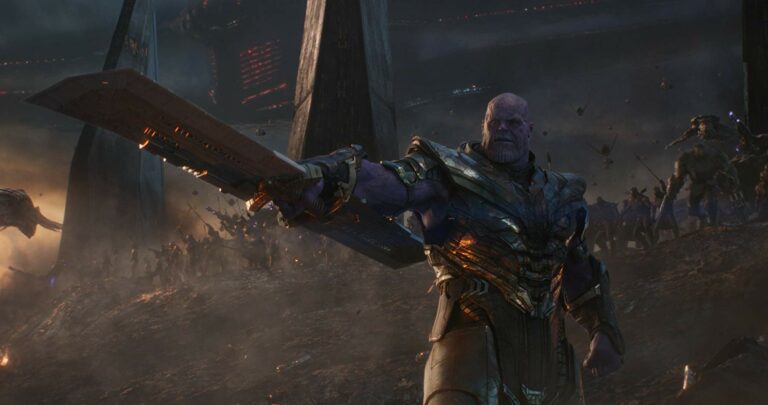
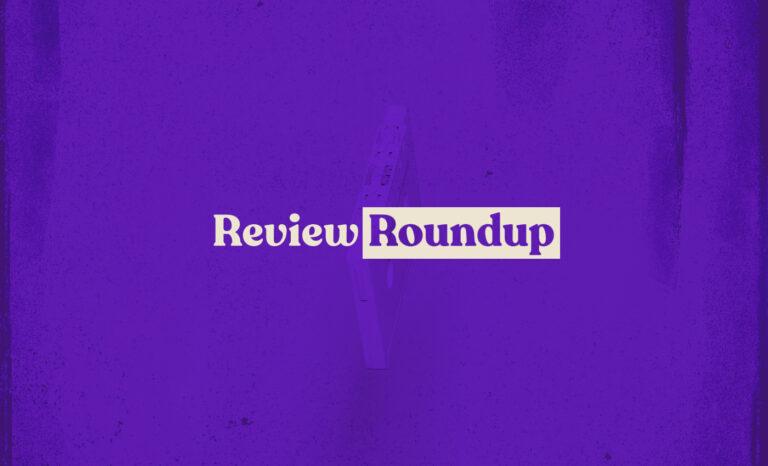
 Chance the Rapper has one thing to say on his one hour and twenty-minute debut album: he got married. He loves his wife. And God. But mostly his wife. Did he mention he loves his wife? Jokes aside, this joyous energy is the one thing that makes The Big Day a generally pleasant experience. The problem is that it quickly overstays its welcome and becomes a tedious, messy, and all-over-the-place ride. The album’s highlights are mostly scattered in its first half, including the unexpected but sweetly nostalgic collaboration with Death Cab for Cutie on ‘Do You Remember’ (which also features production by Bon Iver’s Justin Vernon, whose production work on most tracks here sadly remains barely noticeable) or the joyful ‘We Go High’, which features one of Chance’s more memorable performances. However silly, ‘Hot Shower’ is one of the more enjoyable trap moments on the album, which otherwise come off as entirely flavourless and generic, especially on the second half of The Big Day, which has nearly no commendable moments. Even if you scratch beneath the surface, it’s hard to find the clearly impressive ambition Chance demonstrated on his previous mixtapes. It’s definitely his big day, but that’s exactly what makes his follow-up to Coloring Book vastly underwhelming.
Chance the Rapper has one thing to say on his one hour and twenty-minute debut album: he got married. He loves his wife. And God. But mostly his wife. Did he mention he loves his wife? Jokes aside, this joyous energy is the one thing that makes The Big Day a generally pleasant experience. The problem is that it quickly overstays its welcome and becomes a tedious, messy, and all-over-the-place ride. The album’s highlights are mostly scattered in its first half, including the unexpected but sweetly nostalgic collaboration with Death Cab for Cutie on ‘Do You Remember’ (which also features production by Bon Iver’s Justin Vernon, whose production work on most tracks here sadly remains barely noticeable) or the joyful ‘We Go High’, which features one of Chance’s more memorable performances. However silly, ‘Hot Shower’ is one of the more enjoyable trap moments on the album, which otherwise come off as entirely flavourless and generic, especially on the second half of The Big Day, which has nearly no commendable moments. Even if you scratch beneath the surface, it’s hard to find the clearly impressive ambition Chance demonstrated on his previous mixtapes. It’s definitely his big day, but that’s exactly what makes his follow-up to Coloring Book vastly underwhelming. No one quite expected the Violent Femmes comeback in 2016 with their first album of new material in 16 years, cheekily titled We Can Do Anything, if only because the band members discovered shortly after making their 1983 acoustic-punk classic they admittedly had little in common besides their love for music. The new album, which unashamedly used the same untarnished formula decades later, felt pretty redundant. It’s an even greater surprise, then, that three years later we’re getting yet another Femmes album, this time titled Hotel Last Resort, and the same pattern can be observed: the band’s familiar approach stays exactly the same, except it lacks much of the sense of vitality that inspired countless indie artists. There’s tongue-in-cheek irony and downright silly humour (‘Another Chorus’, ‘Sleepin’ at the Meetin”), biblical references (‘Adam Was A Man’), and upbeat attempts to recreate, though unsuccessfully, their biggest hits (‘All or Nothing’, ’Not OK’, ’I’m Nothing’). But the most effective track is, in fact, the quietest and most earnest one, called ‘Paris to Sleep’,
No one quite expected the Violent Femmes comeback in 2016 with their first album of new material in 16 years, cheekily titled We Can Do Anything, if only because the band members discovered shortly after making their 1983 acoustic-punk classic they admittedly had little in common besides their love for music. The new album, which unashamedly used the same untarnished formula decades later, felt pretty redundant. It’s an even greater surprise, then, that three years later we’re getting yet another Femmes album, this time titled Hotel Last Resort, and the same pattern can be observed: the band’s familiar approach stays exactly the same, except it lacks much of the sense of vitality that inspired countless indie artists. There’s tongue-in-cheek irony and downright silly humour (‘Another Chorus’, ‘Sleepin’ at the Meetin”), biblical references (‘Adam Was A Man’), and upbeat attempts to recreate, though unsuccessfully, their biggest hits (‘All or Nothing’, ’Not OK’, ’I’m Nothing’). But the most effective track is, in fact, the quietest and most earnest one, called ‘Paris to Sleep’, Comparisons can easily be made between singer-songwriter Angie McMahon and the guitar-led folk-blues of Angel Olsen (especially on the empowering and euphoric ‘And I Am a Woman’, which recalls the highs of Olsen’s own ‘Woman’), or the fiercely earnest balladry and vocal style of Sharon Van Etten (see opener ‘Play the Game’, for example, or the brilliantly funny yet poignant ‘Pasta’). And yet she doesn’t quite wear her influences on her sleeve; there’s something about her songwriting that’s uniquely her own, emanating from a genuine need for personal expression rather than any kind of by-the-numbers approach. All that aside, Salt is nothing short of an excellent debut, packed with songs that range from playfully self-aware (‘Slow Mover’, ‘Keeping Time’) to heart-wrenchingly affecting. What truly sells these songs and establishes Angie as a force to be reckoned with is her voice, which alternates between wonderfully understated, as in the Bon Iver-influenced ‘Mood Song’ and powerfully evocative and loud, as when tracks like ‘Push’ or ‘And I Am a Woman’ reach their hair-raising climax. ‘If You Call’ is a perfect closer – at this point, having gotten your full attention and interest with these tight and punchy songs, McMahon has more than earned a contemplative 7-minute acoustic closer. It feels like basking in the warm embrace of the afternoon sun, taking comfort in the hopeful sentiment of her concluding lines: “I’ll tell you something that I’ve learned/ As I’ve been watching people leaving/ All the loving that we’ve earned/ Is gonna keep us breathing.”
Comparisons can easily be made between singer-songwriter Angie McMahon and the guitar-led folk-blues of Angel Olsen (especially on the empowering and euphoric ‘And I Am a Woman’, which recalls the highs of Olsen’s own ‘Woman’), or the fiercely earnest balladry and vocal style of Sharon Van Etten (see opener ‘Play the Game’, for example, or the brilliantly funny yet poignant ‘Pasta’). And yet she doesn’t quite wear her influences on her sleeve; there’s something about her songwriting that’s uniquely her own, emanating from a genuine need for personal expression rather than any kind of by-the-numbers approach. All that aside, Salt is nothing short of an excellent debut, packed with songs that range from playfully self-aware (‘Slow Mover’, ‘Keeping Time’) to heart-wrenchingly affecting. What truly sells these songs and establishes Angie as a force to be reckoned with is her voice, which alternates between wonderfully understated, as in the Bon Iver-influenced ‘Mood Song’ and powerfully evocative and loud, as when tracks like ‘Push’ or ‘And I Am a Woman’ reach their hair-raising climax. ‘If You Call’ is a perfect closer – at this point, having gotten your full attention and interest with these tight and punchy songs, McMahon has more than earned a contemplative 7-minute acoustic closer. It feels like basking in the warm embrace of the afternoon sun, taking comfort in the hopeful sentiment of her concluding lines: “I’ll tell you something that I’ve learned/ As I’ve been watching people leaving/ All the loving that we’ve earned/ Is gonna keep us breathing.” Negative Space sees Swain (formerly known as This Routine is Hell) going further down the path that commenced with their 2016 album The Long Dark Blue, where they reinvented themselves from a hardcore punk band to a grunge-inspired alternative rock band, while still retaining a fresh, exciting approach. The Dutch outfit’s new album may at first glance seem like they’re watering down their sound even further as they strip more and more hard-hitting elements from it, and that may certainly disappoint some fans. But this should be seen as merely another stylistic shift, because the quality of the songwriting remains consistently tight and engaging. This time, their 90s and 00s influences are discernibly more radio-friendly, ranging from the Green Day-reminiscent boredom of ’Same Things’ to the Three Days Grace-infected modern rock of ’Skin on Skin’ and the soft-rock balladry of ‘Uncomfortably Aware’. But none of that is necessarily a bad thing. The lyrics are still affecting and earnestly delivered, and every song has, at the very least, a strong hook. While it may lack the edge that drew in a lot of their fans, it also nails what a lot of bands utilizing the same radio-friendly sound don’t even bother to.
Negative Space sees Swain (formerly known as This Routine is Hell) going further down the path that commenced with their 2016 album The Long Dark Blue, where they reinvented themselves from a hardcore punk band to a grunge-inspired alternative rock band, while still retaining a fresh, exciting approach. The Dutch outfit’s new album may at first glance seem like they’re watering down their sound even further as they strip more and more hard-hitting elements from it, and that may certainly disappoint some fans. But this should be seen as merely another stylistic shift, because the quality of the songwriting remains consistently tight and engaging. This time, their 90s and 00s influences are discernibly more radio-friendly, ranging from the Green Day-reminiscent boredom of ’Same Things’ to the Three Days Grace-infected modern rock of ’Skin on Skin’ and the soft-rock balladry of ‘Uncomfortably Aware’. But none of that is necessarily a bad thing. The lyrics are still affecting and earnestly delivered, and every song has, at the very least, a strong hook. While it may lack the edge that drew in a lot of their fans, it also nails what a lot of bands utilizing the same radio-friendly sound don’t even bother to.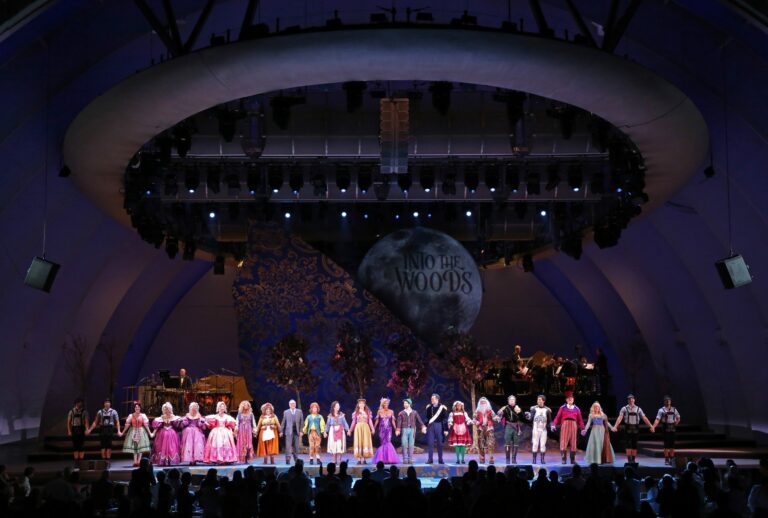

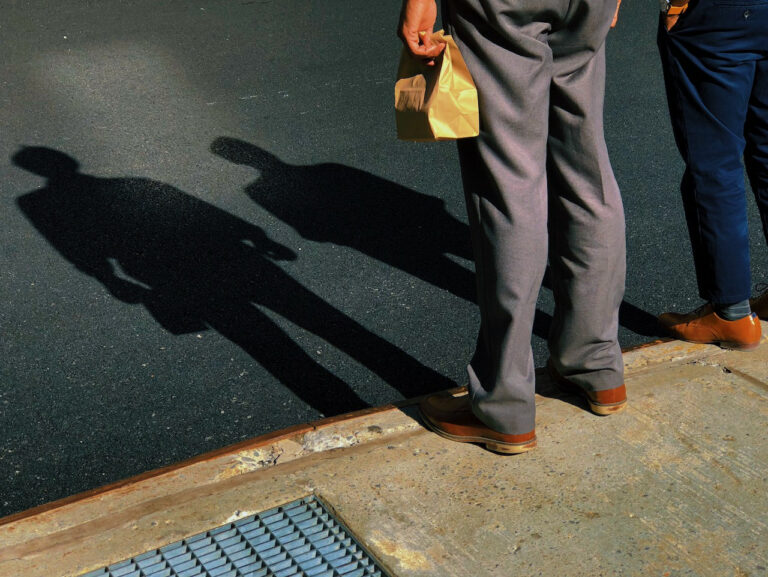
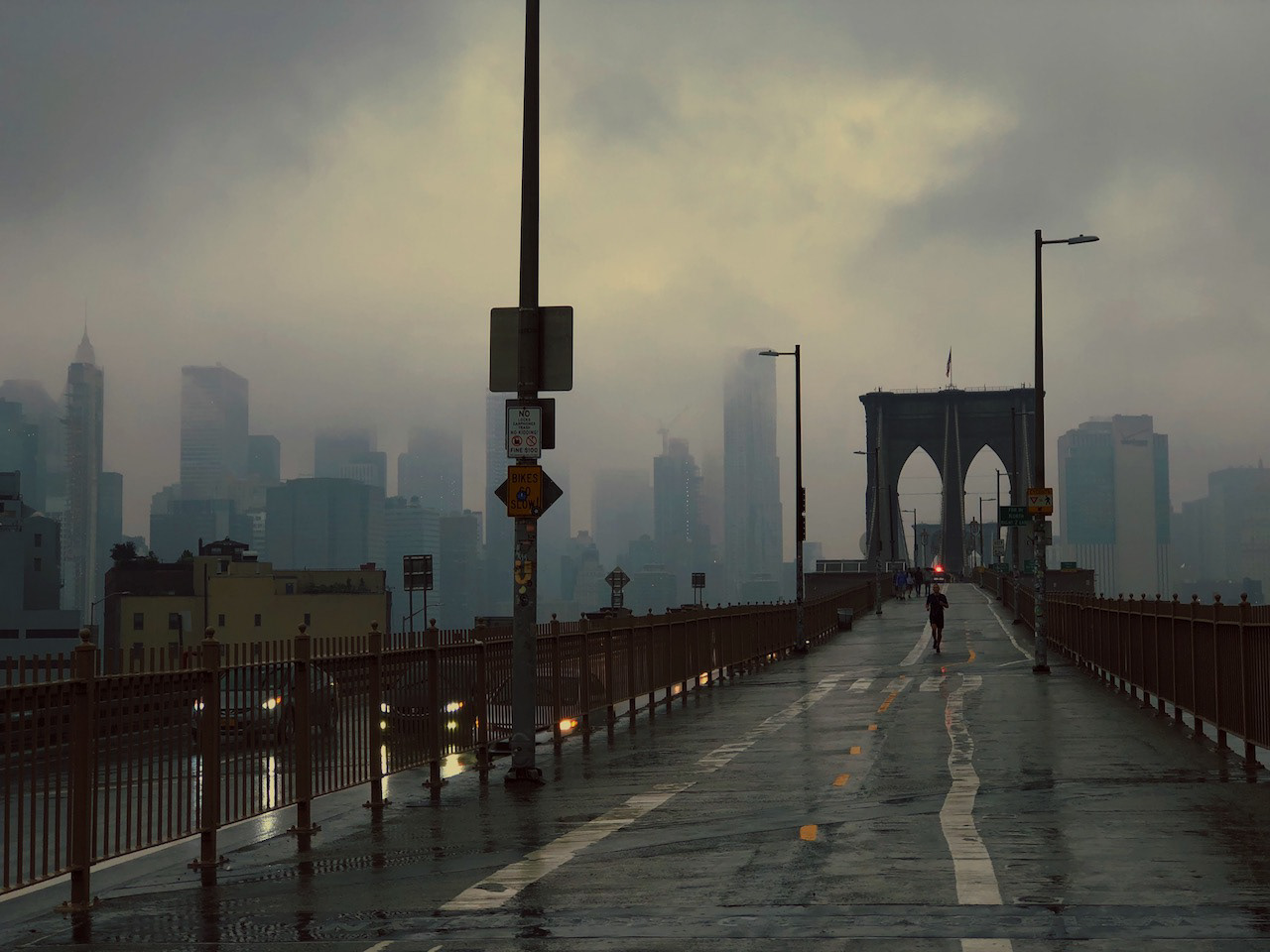
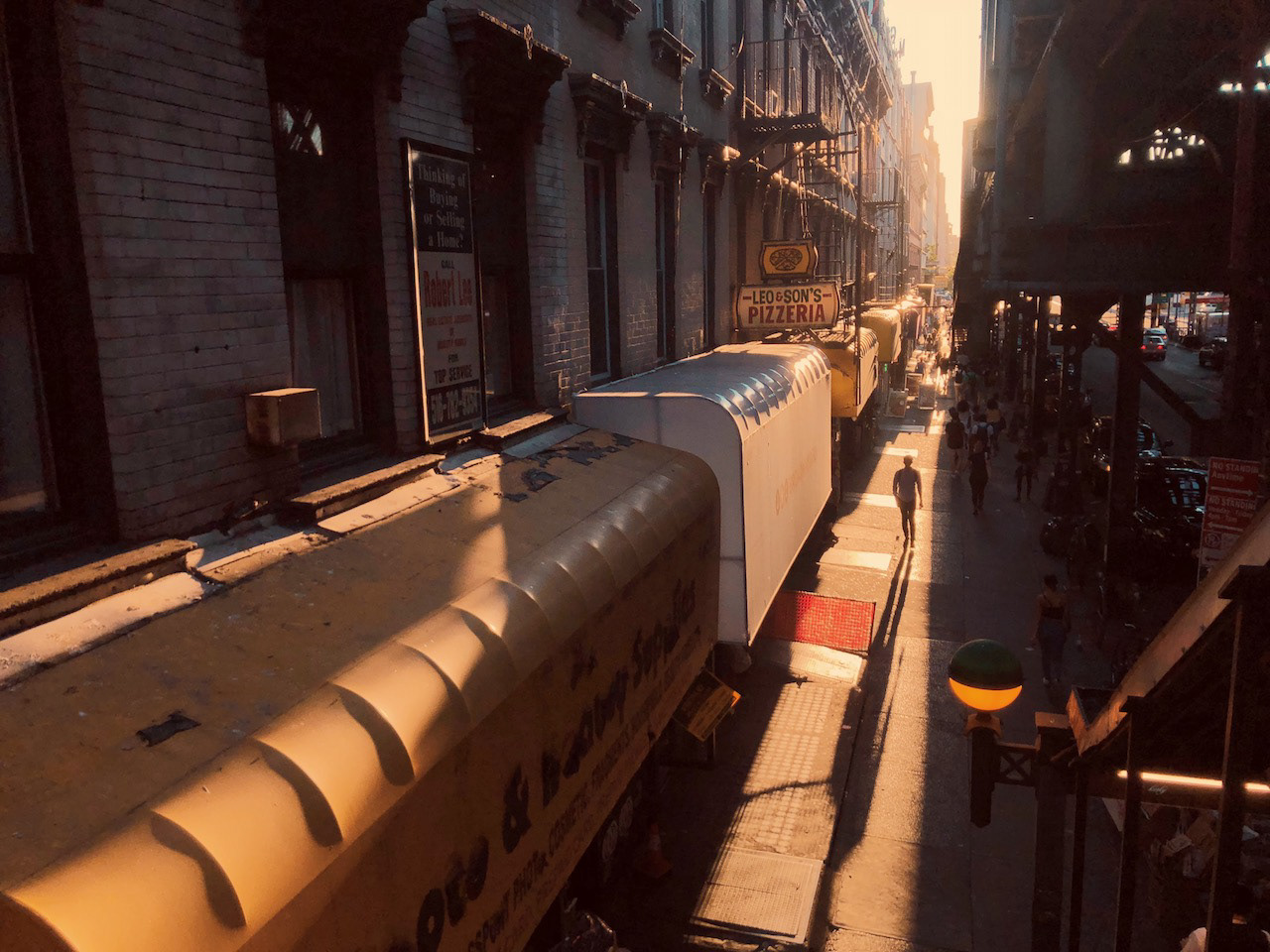

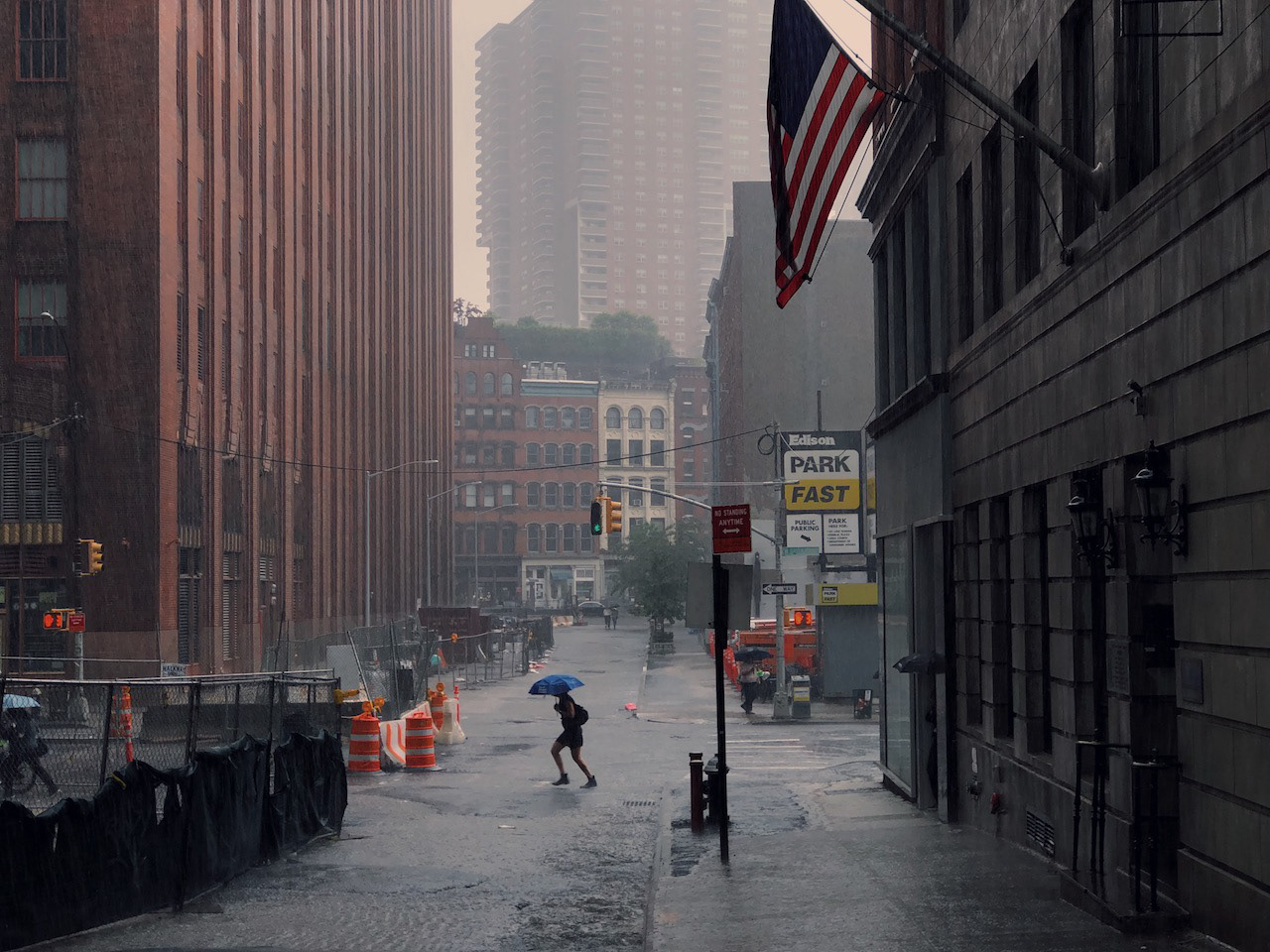




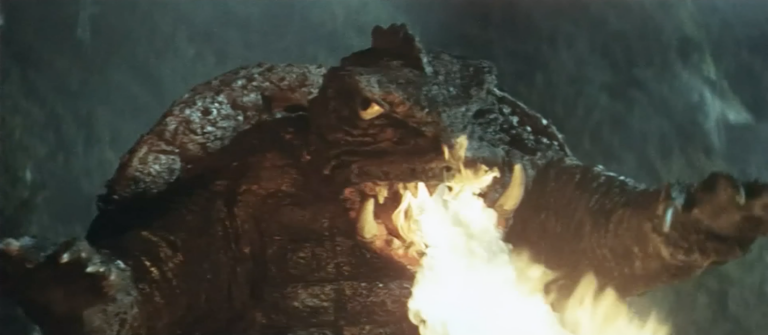

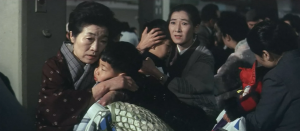
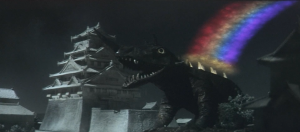


 Lisel, Angels On the Slope: Lisel is the solo project of experimental producer and artist Eliza Bagg, known as half of the band Pavo Pavo. During the past few years, she’s collaborated with the likes of Helado Negro and Julianna Barwick, as well as working on her skills as a classical singer by performing in avant-garde operas. “My main instrument is my voice, not a keyboard or a guitar, so I wanted it to be the genesis of every song,” she explains. “I was trying to use the resources I had within me, within my body, to make something that feels true about the way we live our lives now, in 2019. That’s why I wanted to focus on my voice – I wanted each song to be literally made out of me.”
Lisel, Angels On the Slope: Lisel is the solo project of experimental producer and artist Eliza Bagg, known as half of the band Pavo Pavo. During the past few years, she’s collaborated with the likes of Helado Negro and Julianna Barwick, as well as working on her skills as a classical singer by performing in avant-garde operas. “My main instrument is my voice, not a keyboard or a guitar, so I wanted it to be the genesis of every song,” she explains. “I was trying to use the resources I had within me, within my body, to make something that feels true about the way we live our lives now, in 2019. That’s why I wanted to focus on my voice – I wanted each song to be literally made out of me.”